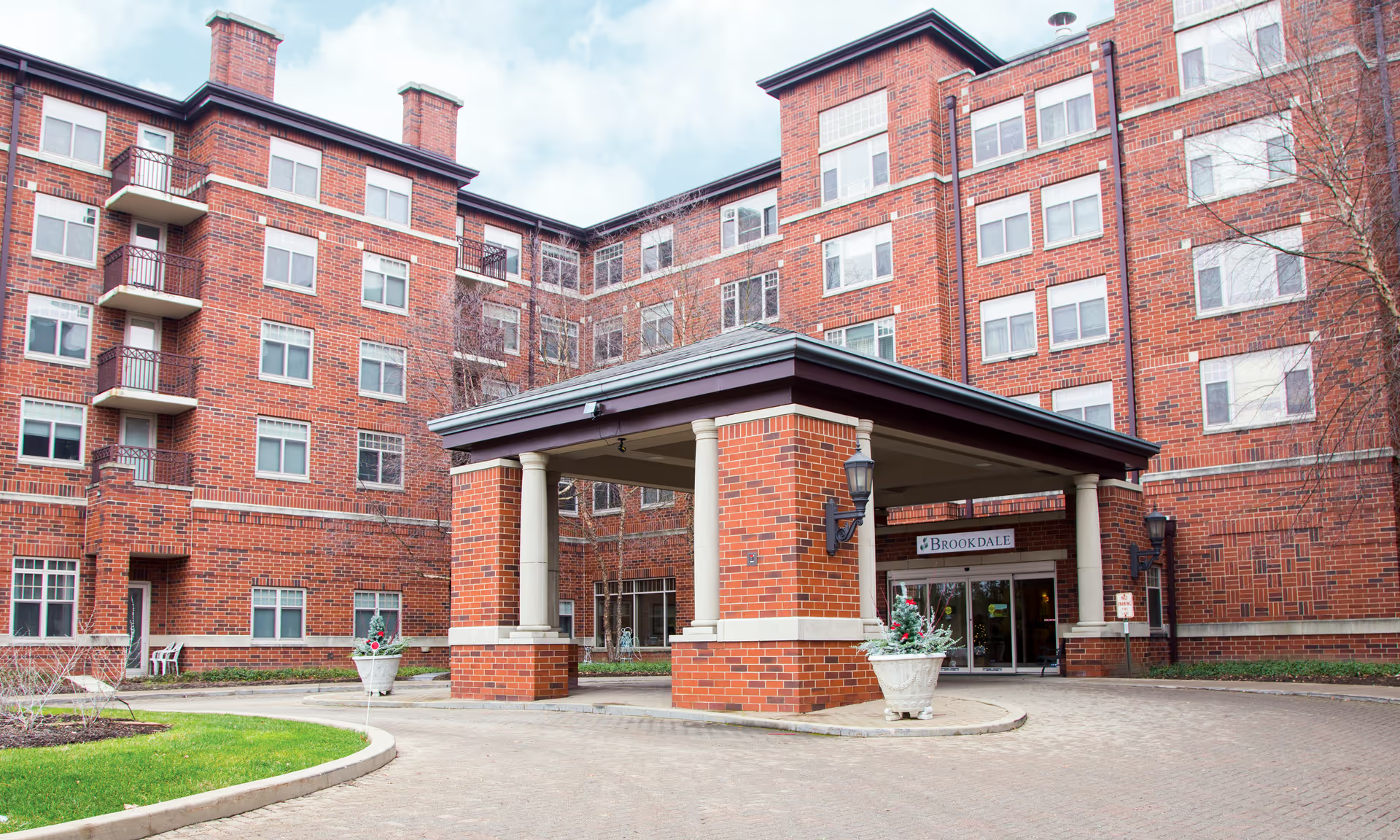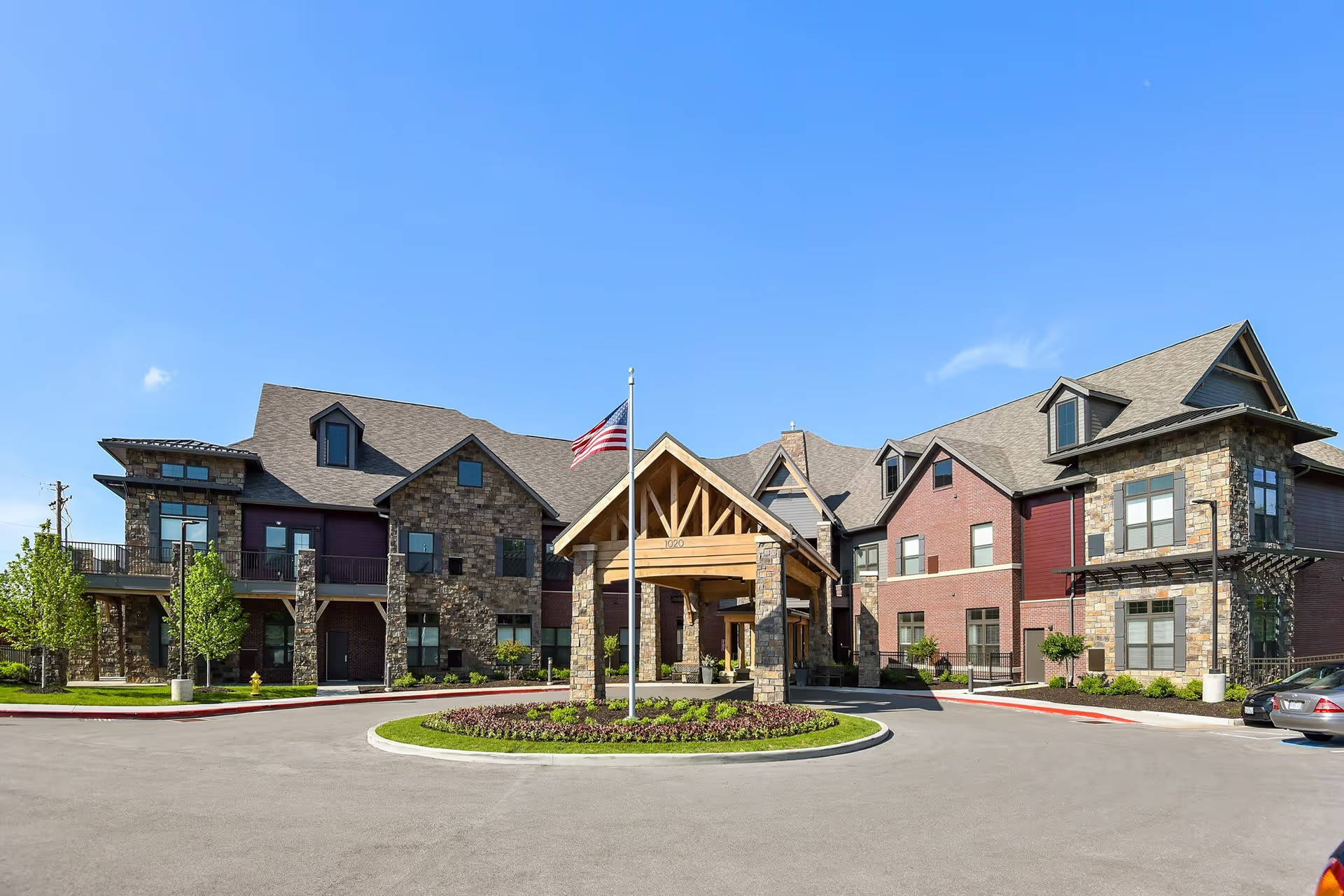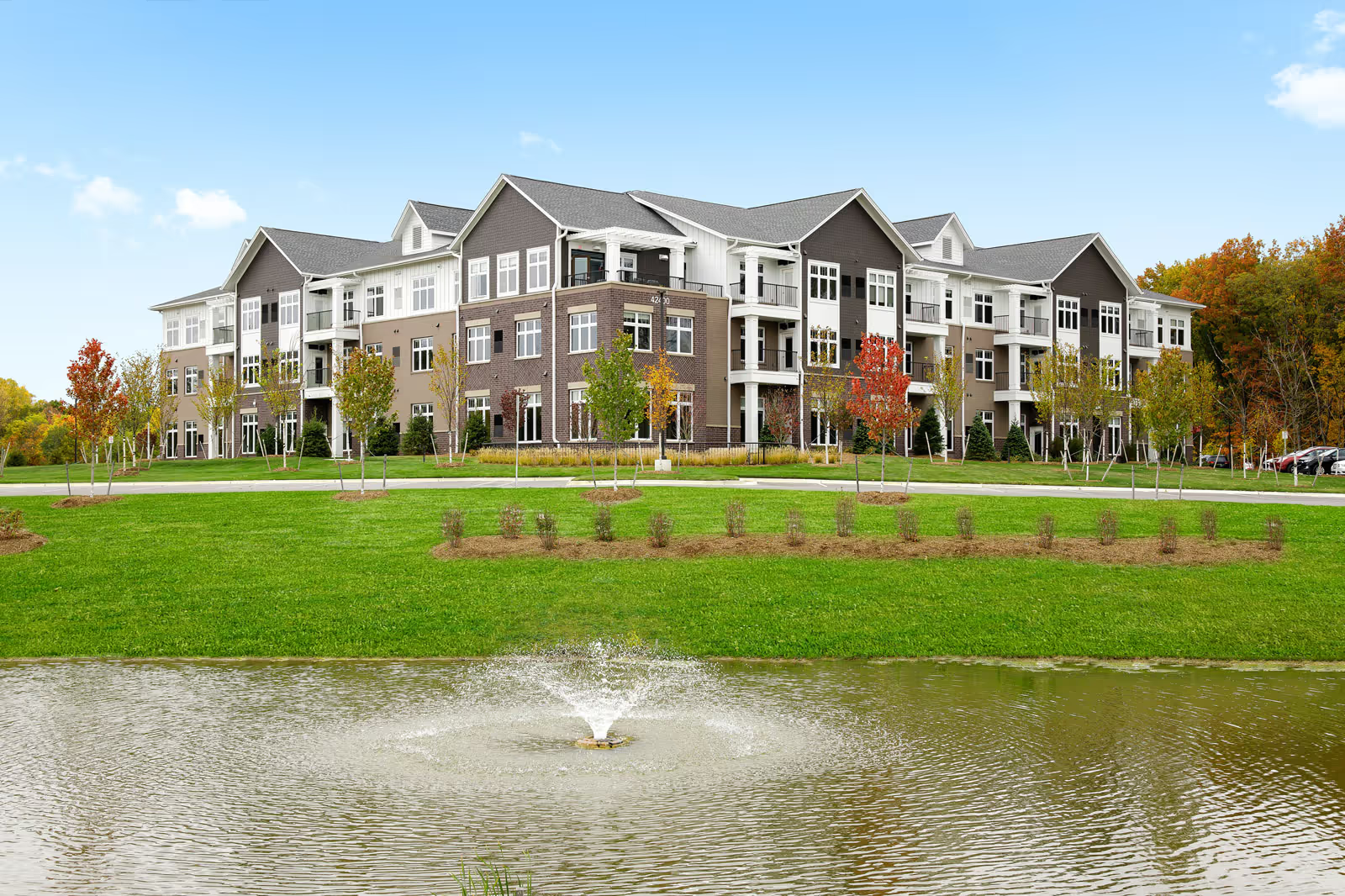Overall sentiment about Waters of Clinton Nursing & Rehabilitation is strongly mixed, with clear polarization between reviewers who describe compassionate, high-quality rehabilitation and deeply caring staff, and others who report alarming neglect, safety risks, and poor basic care. Multiple reviews highlight exceptional aspects — particularly the facility’s rehabilitation/therapy teams, many compassionate CNAs and nurses, strong family-like relationships, and communicative staff who keep families informed. Conversely, an equally vocal set of reviews documents systemic problems: understaffing, hygiene failures, missed medications and meals, bed sores, and even reports of resident deaths and facility closure in isolated accounts.
Care quality and resident-support patterns show a pronounced divide. Positive reviews emphasize attentive caregiving, timely medical attention, frequent nursing visits, and staff who provide comfort and individualized attention — even small thoughtful gestures. Many families say they would choose the facility again for short-term rehab and praise the therapists for getting residents back to independent living. However, negative accounts describe serious lapses in basic care: residents left in soiled bedding or feces, infrequent bathing, poor oral care, missed insulin or other medications, and reports of starvation/malnutrition. Several reviewers cited bed sores, UTIs, and inadequate incontinence care. These more severe allegations suggest inconsistent standards of care that may fluctuate with staffing or management changes.
Staffing, behavior, and team performance are recurring themes. Numerous reviewers thank CNAs and nurses for going above and beyond and describe a ‘‘family-like’’ atmosphere. Therapy staff are repeatedly lauded as among the facility’s strengths. At the same time, understaffing is a pervasive complaint — aides reporting being overworked, one CNA covering multiple halls, and long wait times for assistance. This workload appears linked to lapses in care and safety. A few reviews call out specific negative staff behavior, including one named nurse described as hostile; there are also allegations of abusive treatment in a minority of reports. Multiple reviews note that staff are underpaid and that turnover strains quality.
Facility condition and cleanliness are inconsistent across reports. Several reviewers report urine odors, dirty fingernails and clothing, minimal cleaning, broken TVs, and small cramped rooms with poor storage — including accounts of urine-soaked beds and shared nightstands between two residents. Other reviewers describe recently renovated rooms, clean areas with no odor, and positive improvements under new management. Housekeeping staff receive praise in some reviews but are criticized or overwhelmed in others, implying variability that may be tied to staffing levels or recent upgrades.
Dining and nutrition opinions are split. A number of reviewers praise the food — calling it better than hospital food and generally decent — while others describe cold, forgotten, or unappetizing meals and even allegations of residents not being fed. There are also procedural issues like dishes left in rooms and occasional complaints about ancillary charges (for example, a $5 hair-wash fee), which some families found inappropriate.
Management, communication, and responsiveness show a mixed picture. Several reviews report proactive, accessible administrators and new ownership that has improved focus on patient care and responsiveness to family concerns. These reviewers cite weekly doctor visits, timely calls regarding blood sugar or hospital trips, and an engaged director/administrator. In contrast, other families report unresponsive leadership, conflicting information, complaints ignored, use of COVID restrictions as a pretext to limit family access, and administrators who did not effectively address serious care concerns. These disparities point to a facility in transition for some periods and stable under other leadership.
Safety, infection control, and risk issues are significant red flags in the negative reviews. Multiple accounts describe lack of infection-control measures, denied care or visitation at critical times, fall-risk concerns with beepers going off, and slow response to bathroom calls that raise the risk of falls and injuries. Reports of bed sores, neglected wounds, and missed medications (including insulin) indicate clinical risk for vulnerable residents. These incidents are less common in the positive narratives but sufficiently frequent in other reviews to warrant serious consideration.
Activities, community, and rehab-specific strengths appear consistently in positive reviews. Residents and families appreciate activities like bingo, dog visits, friendly social environments, and strong therapy outcomes that help people return home. Several reviews explicitly recommend the facility for short-term rehabilitation or for loved ones needing focused therapy. The presence of an engaged therapy team, social workers, and a supportive environment are clear strengths cited by multiple families.
Patterns and recommendations: the reviews collectively indicate a facility with notable strengths in rehabilitation, compassionate caregivers, and in some cases improving management — but also recurring and serious problems tied to understaffing, inconsistent caregiving, hygiene lapses, and safety risks. Prospective residents and families should treat Waters of Clinton as a facility with high variance: it can provide excellent therapy and compassionate day-to-day relationships, but there is non-trivial risk of neglect or poor care, especially during staffing shortages or periods of managerial inconsistency.
If considering placement, visitors should: (1) ask about current staffing ratios and turnover, especially for CNAs and night staff; (2) verify infection-control policies, fall-prevention protocols, and medication administration safeguards; (3) tour rooms to inspect cleanliness, storage, and whether rooms are shared; (4) meet therapy staff and review recent rehab outcome examples; (5) get clarity on communication practices with families and escalation paths for complaints; and (6) inquire about recent ownership/management changes and documented improvements. These steps can help ensure you experience the facility’s strengths while mitigating the documented risks.







